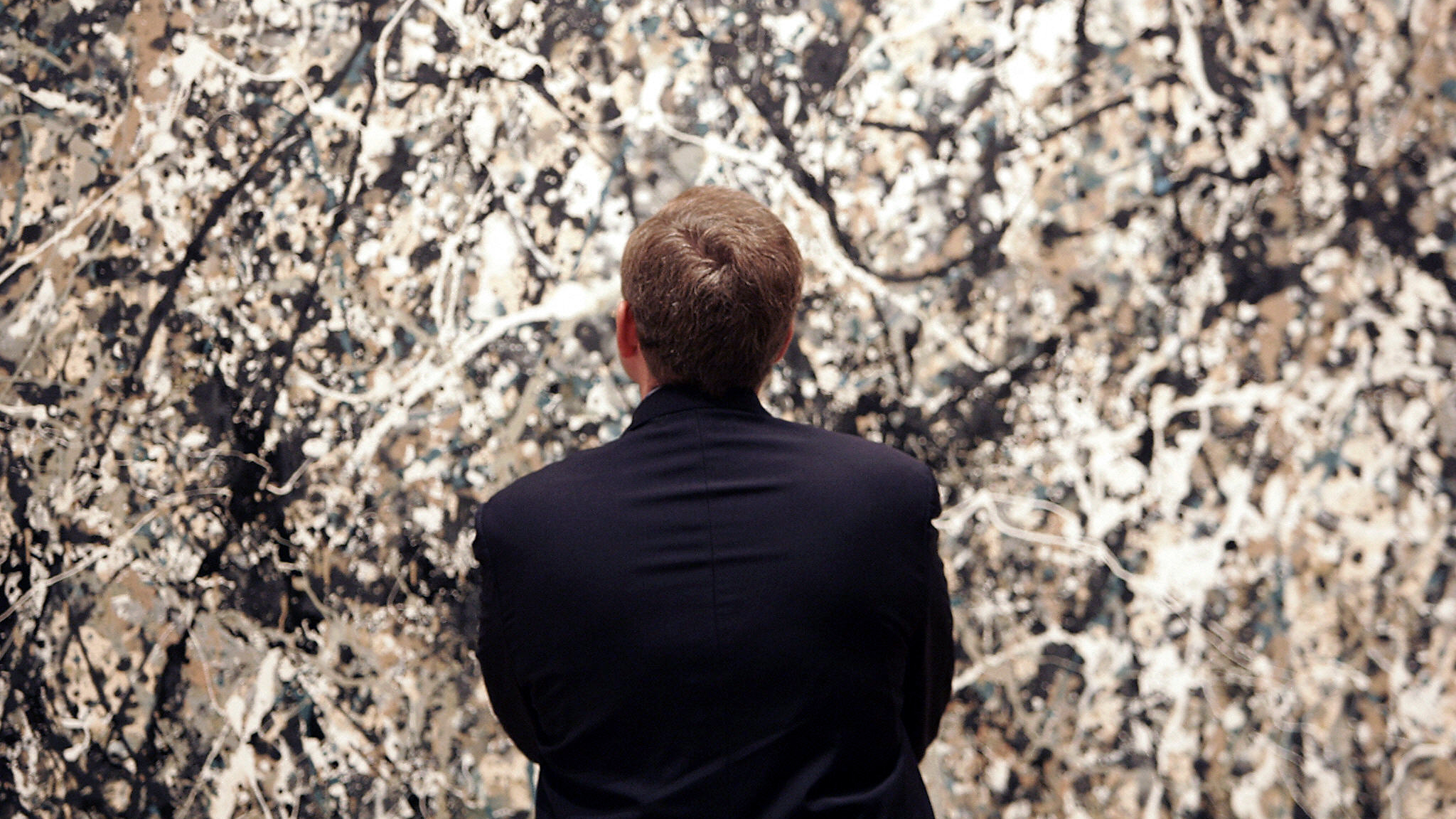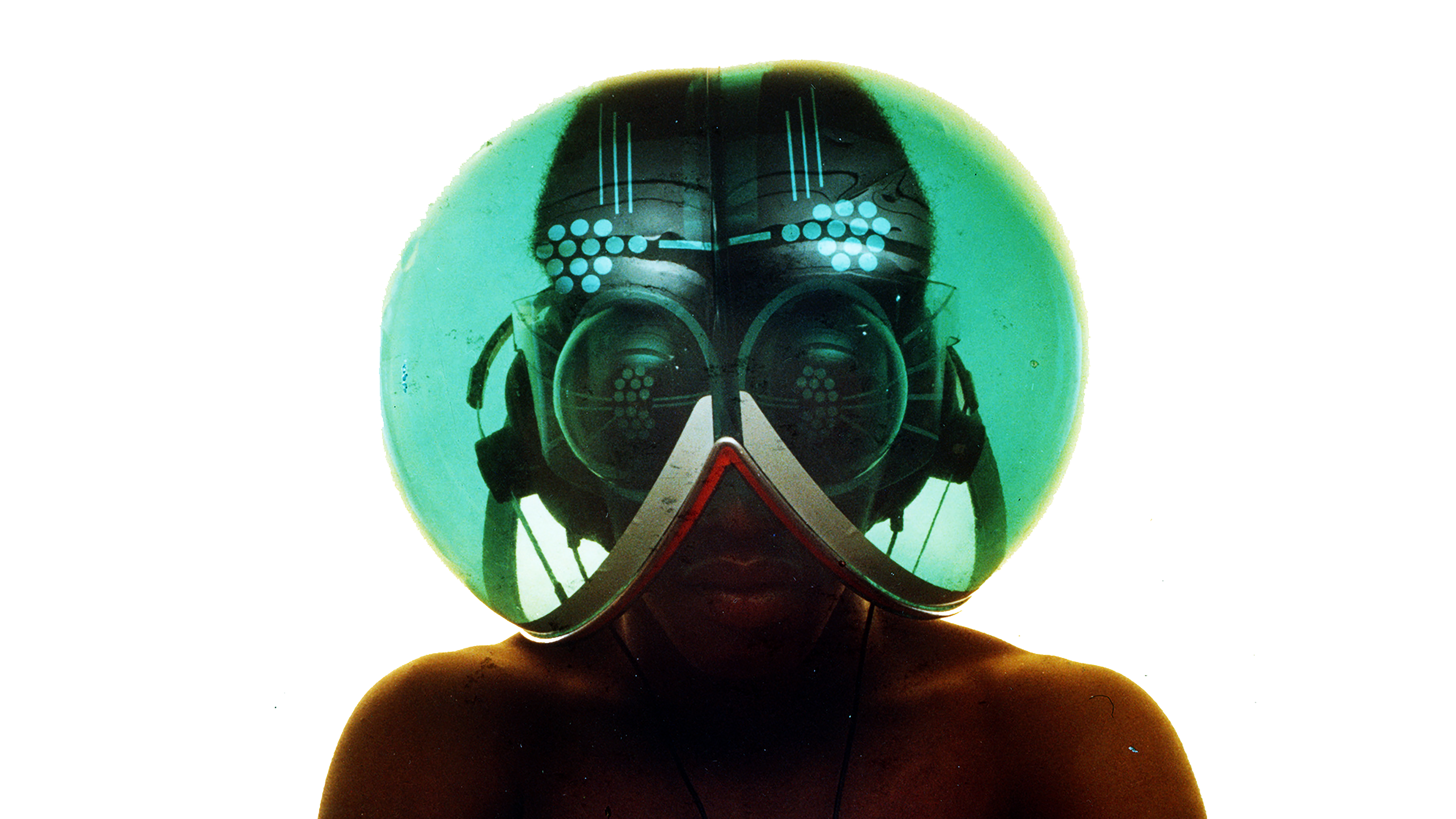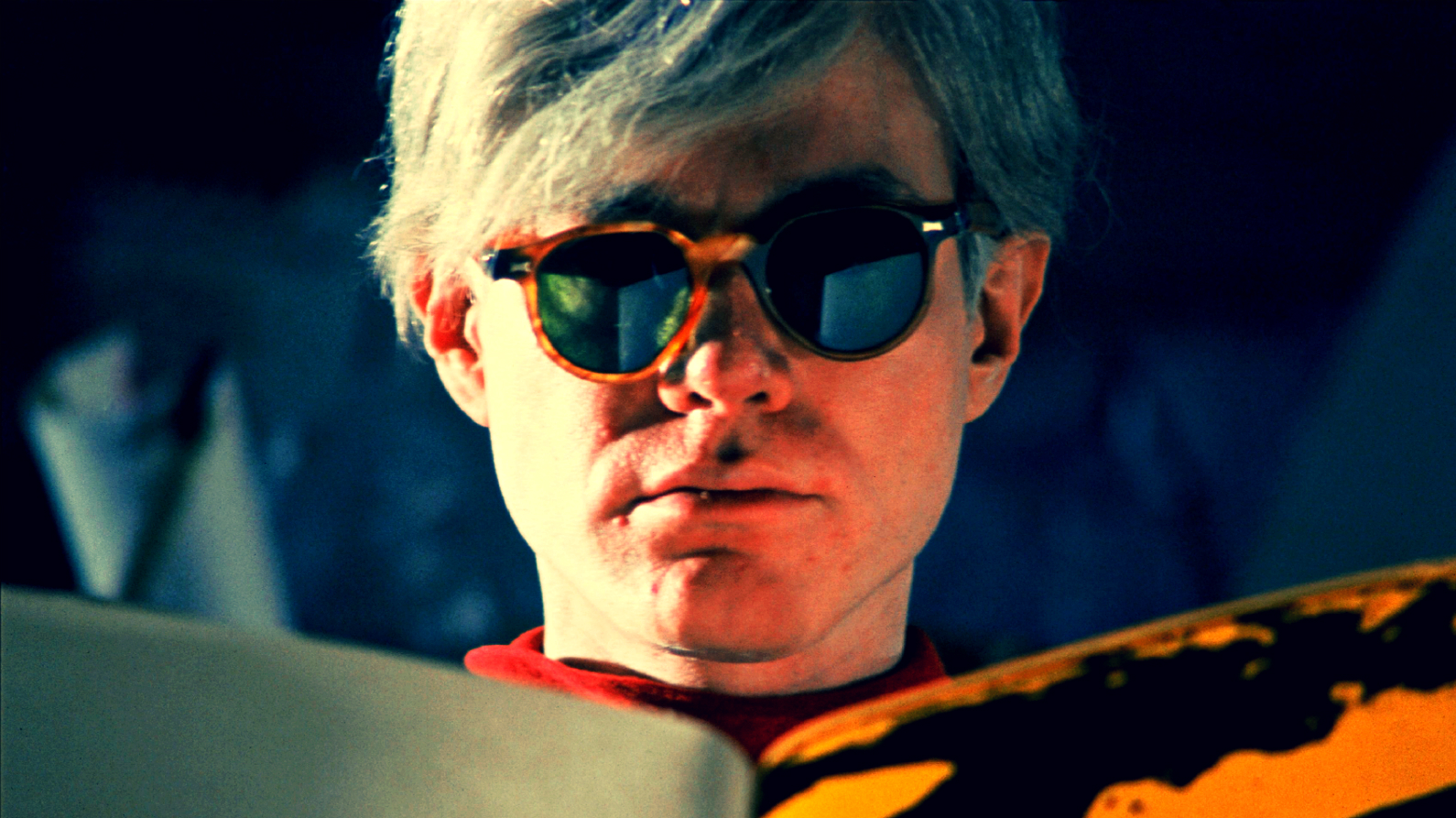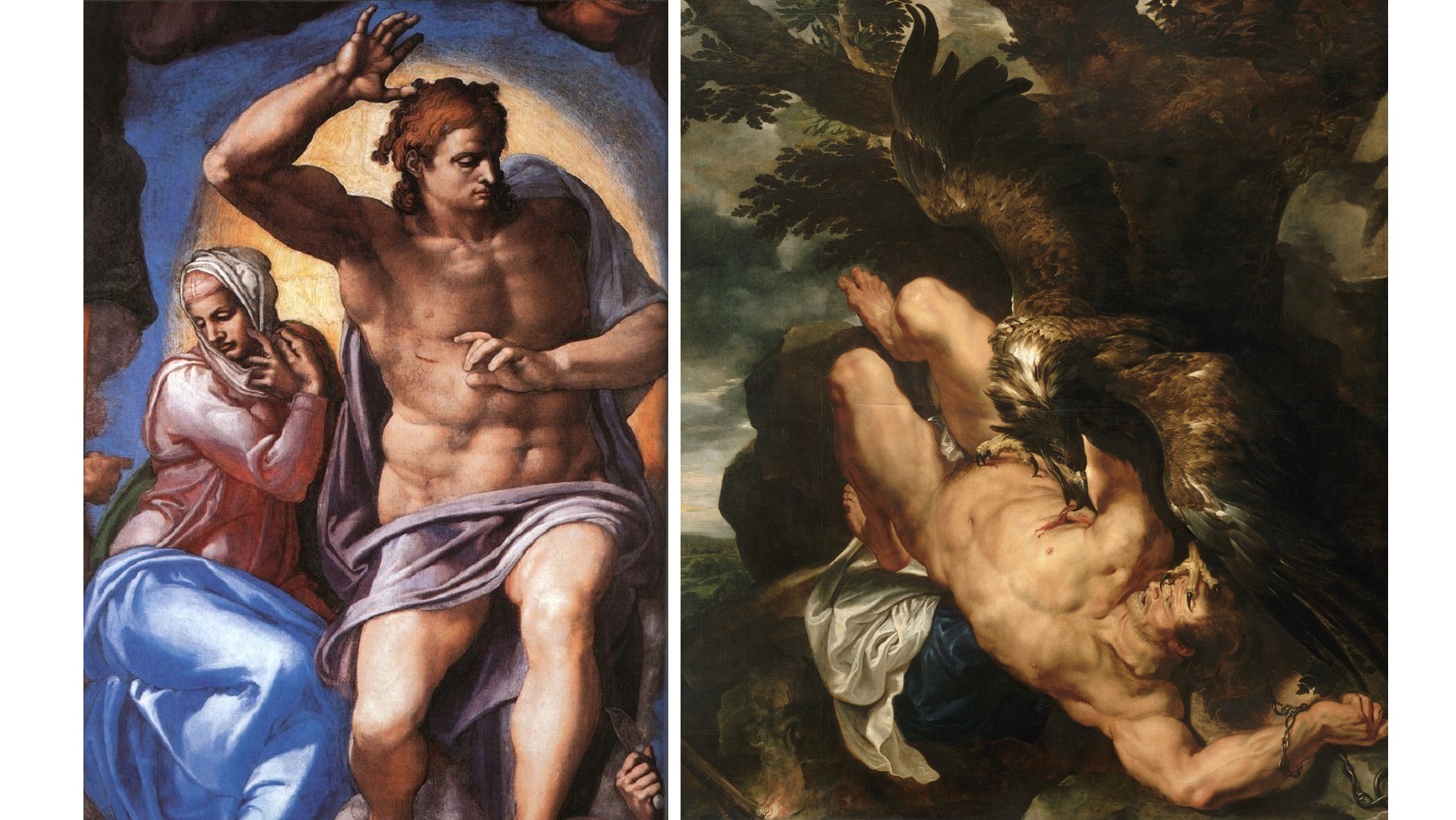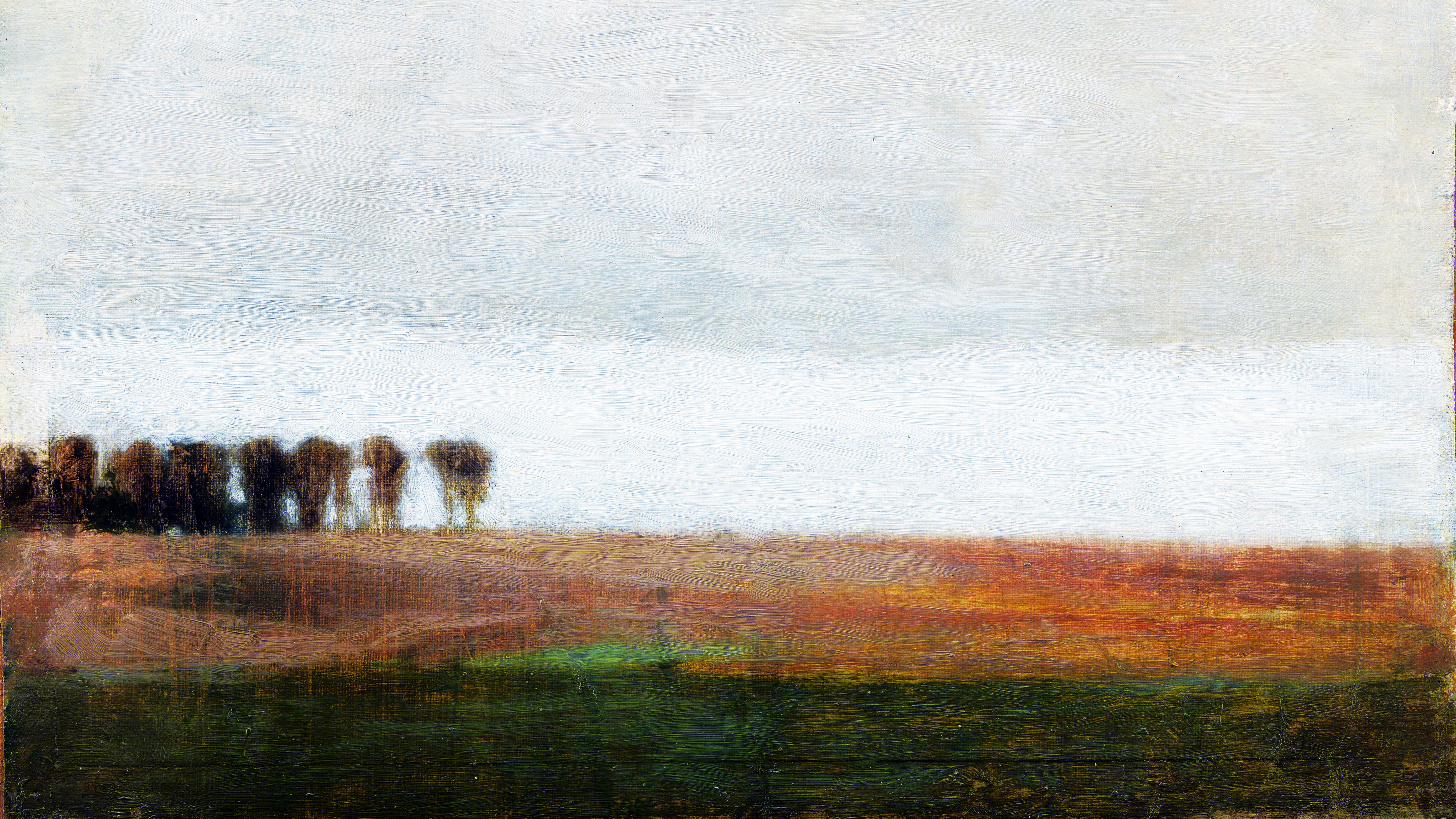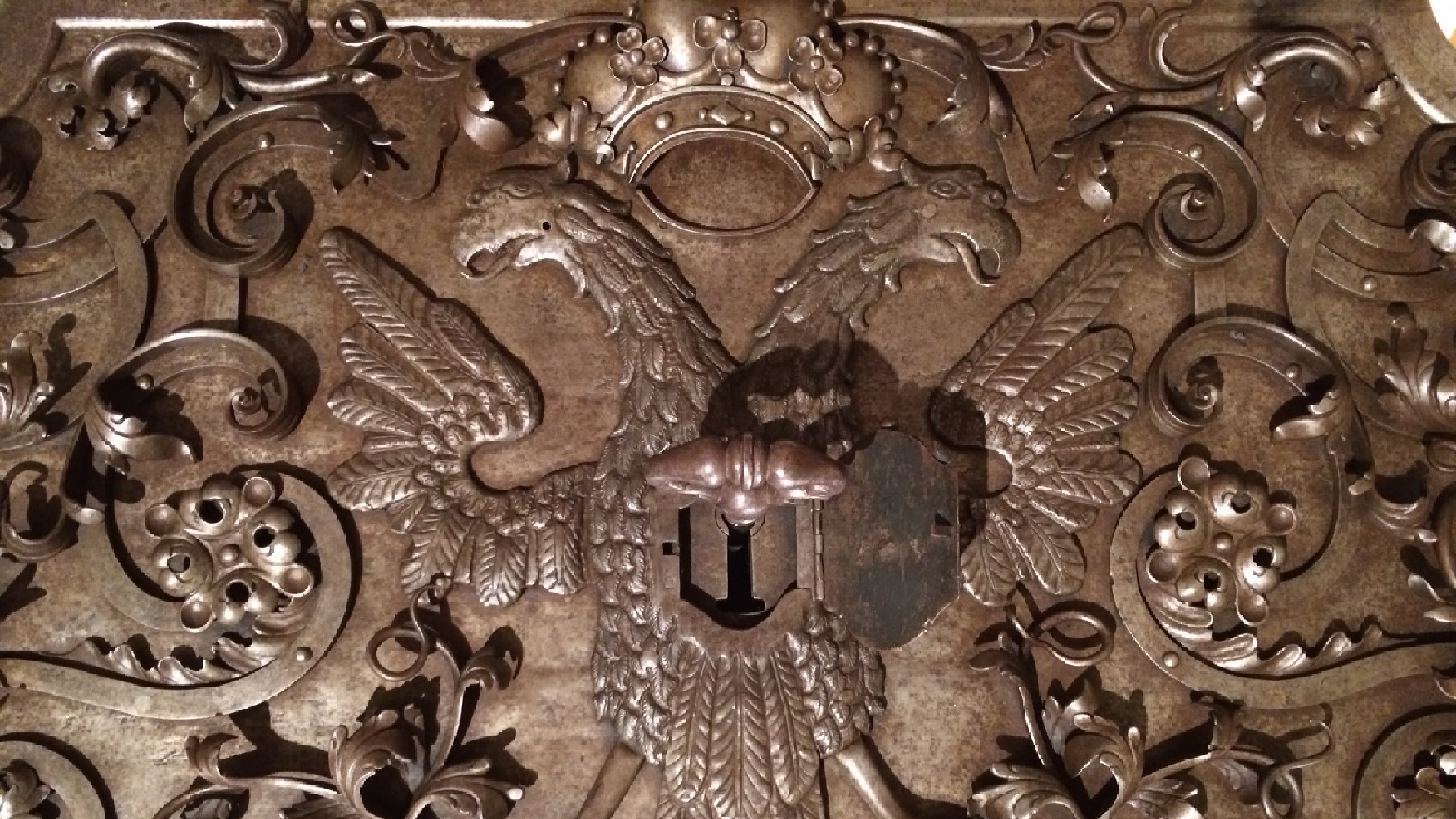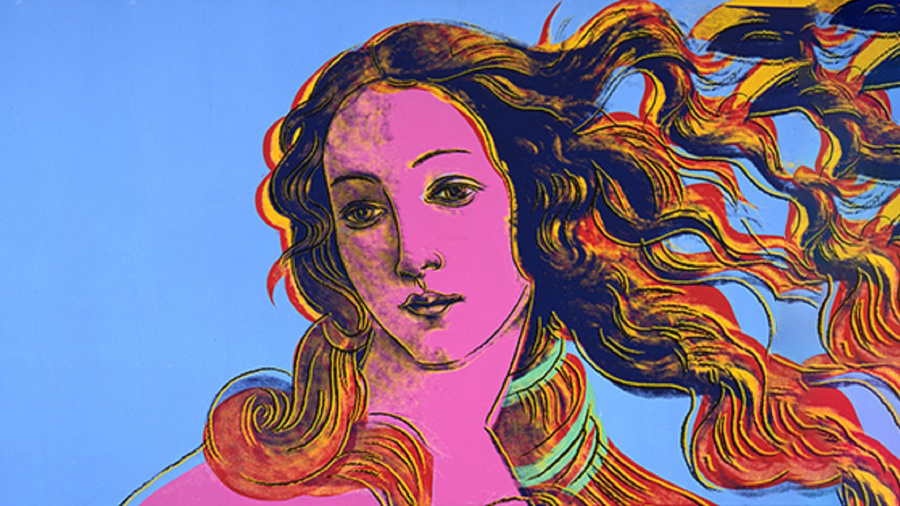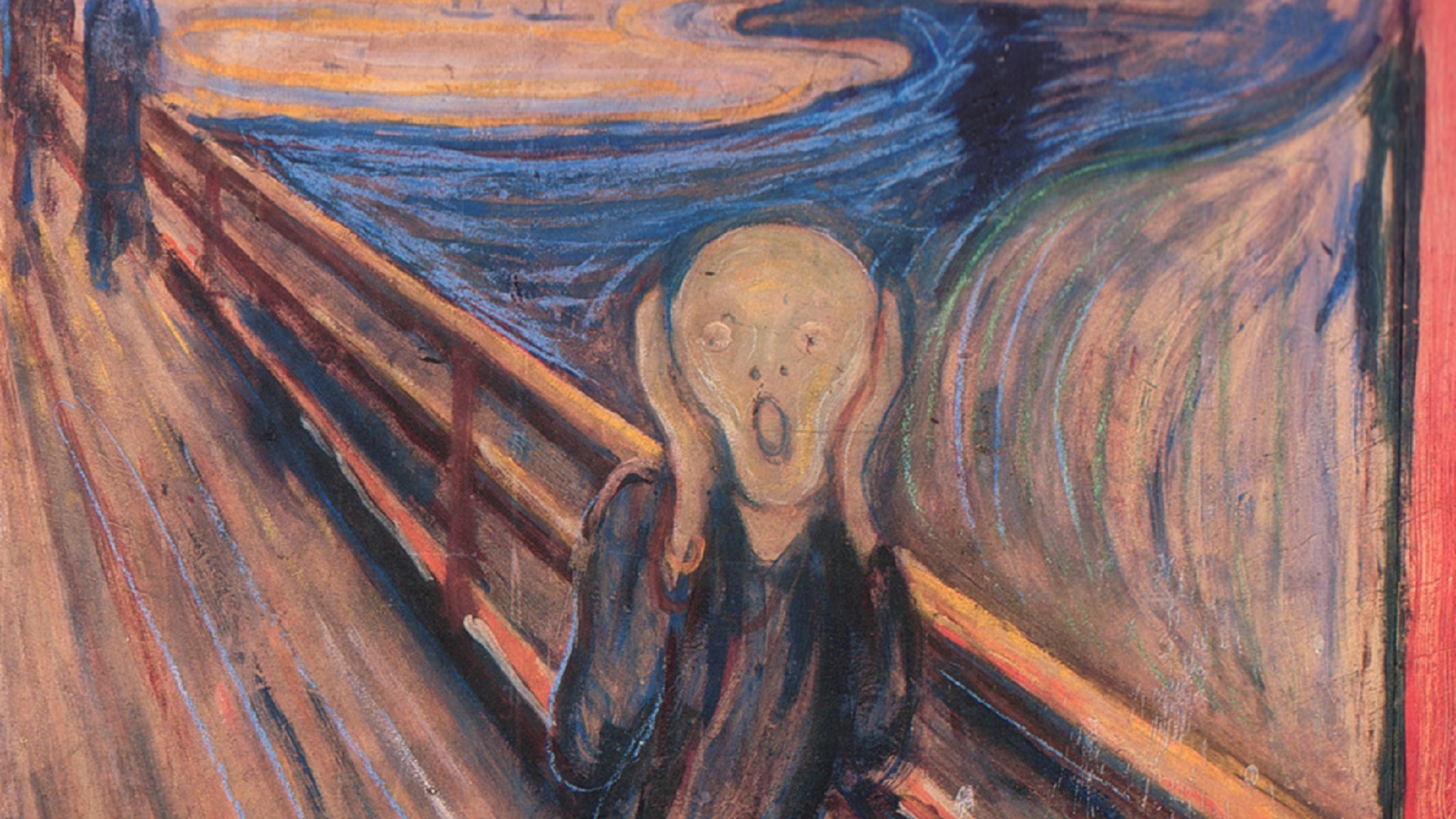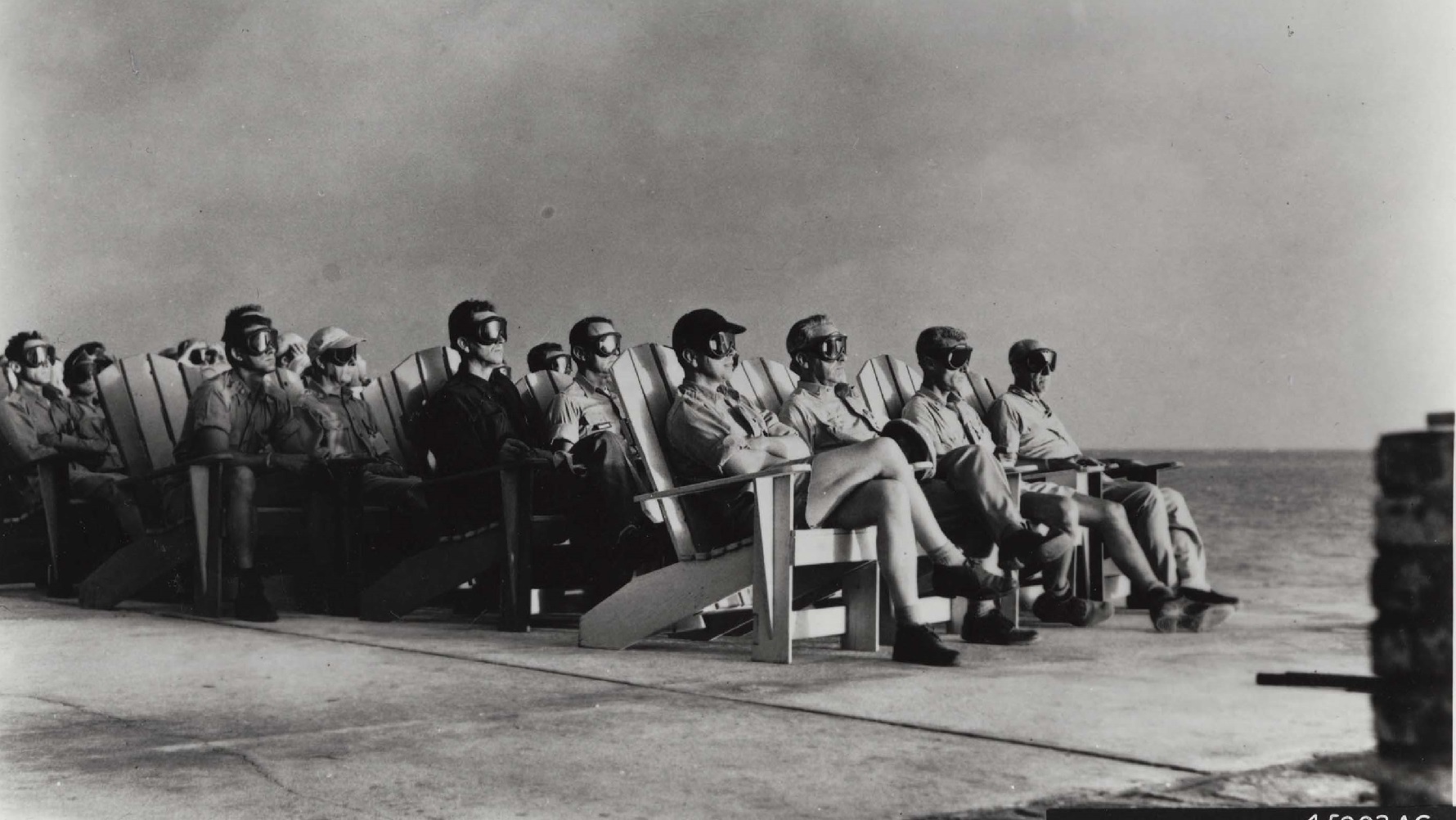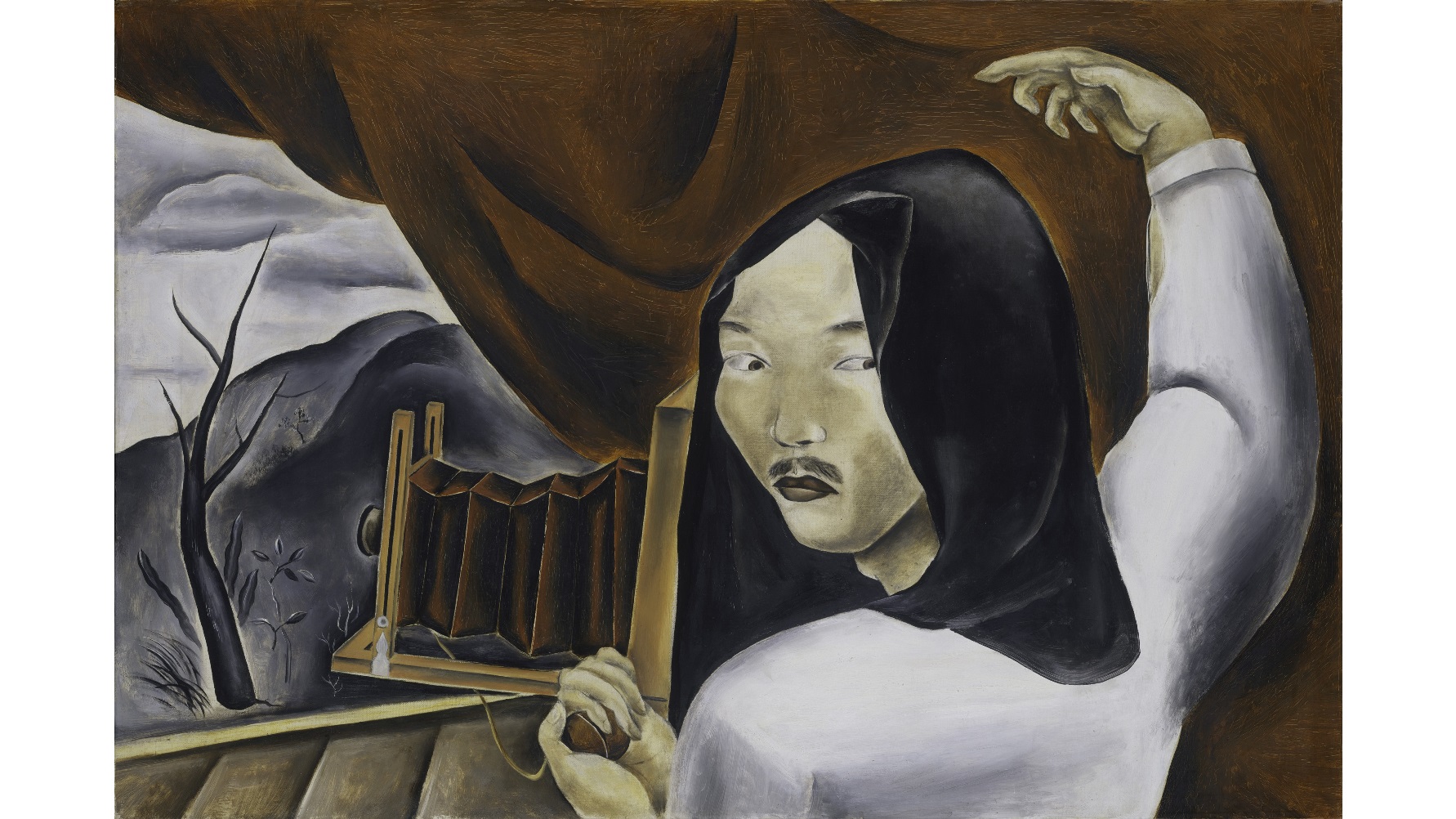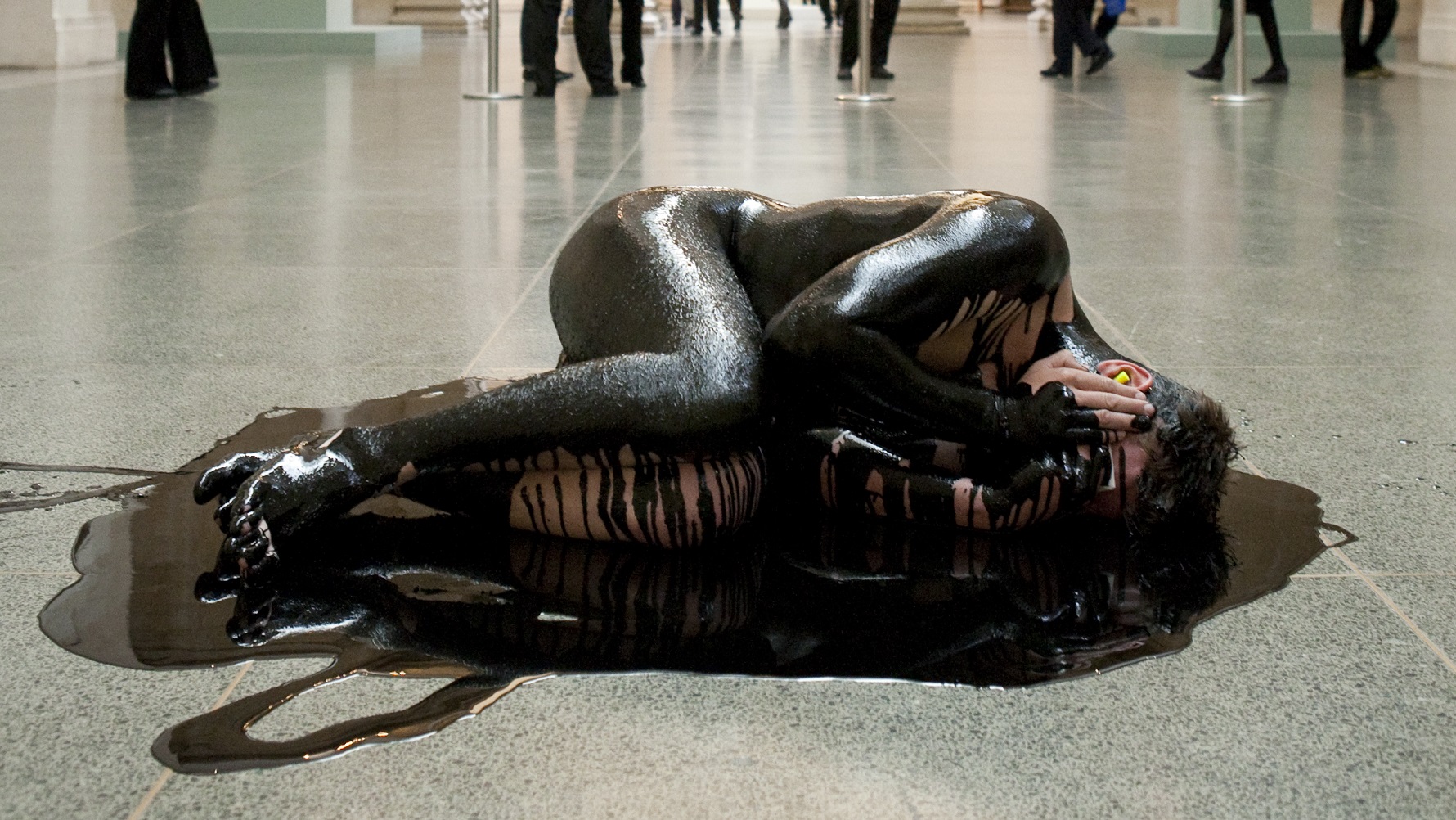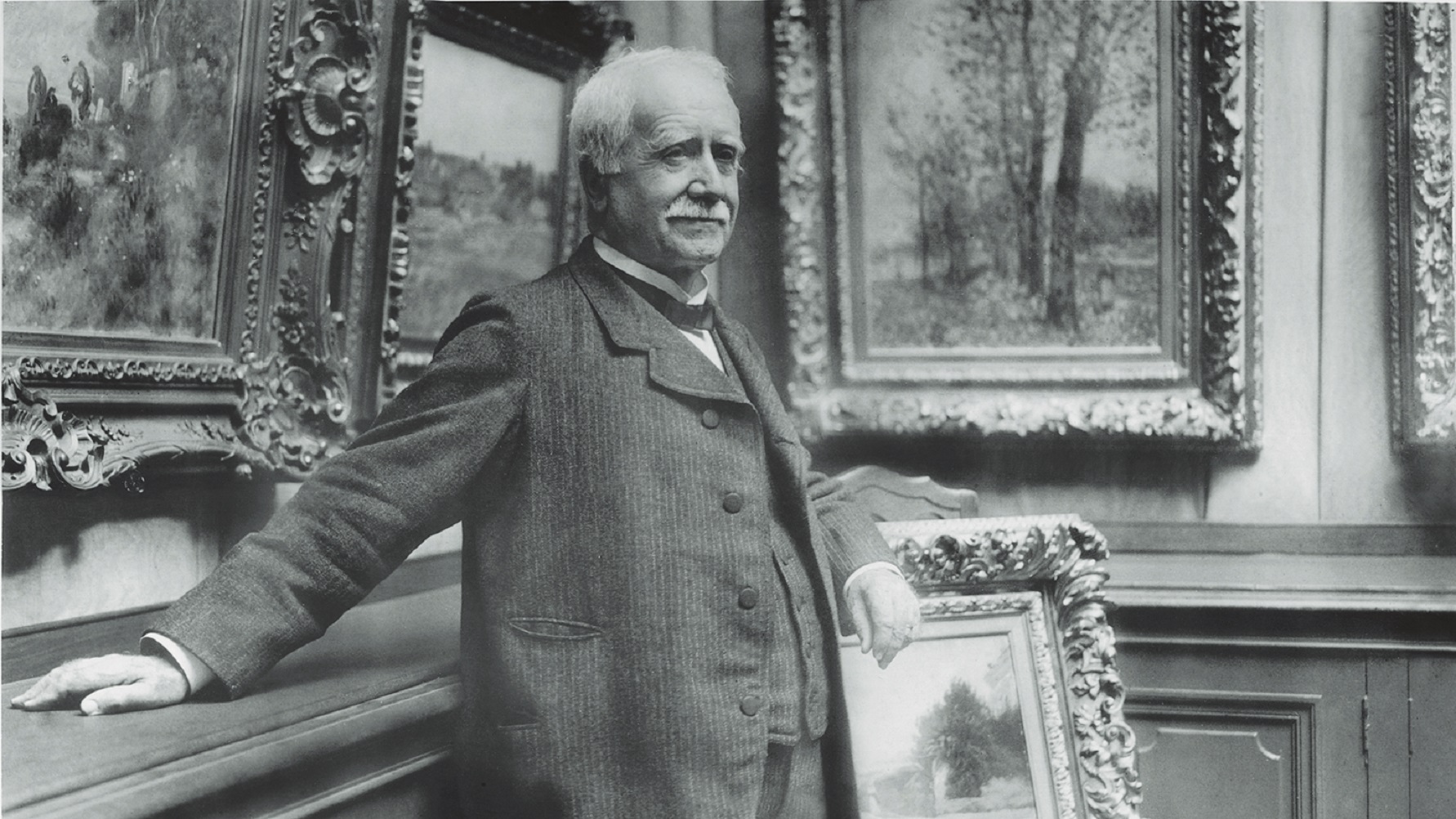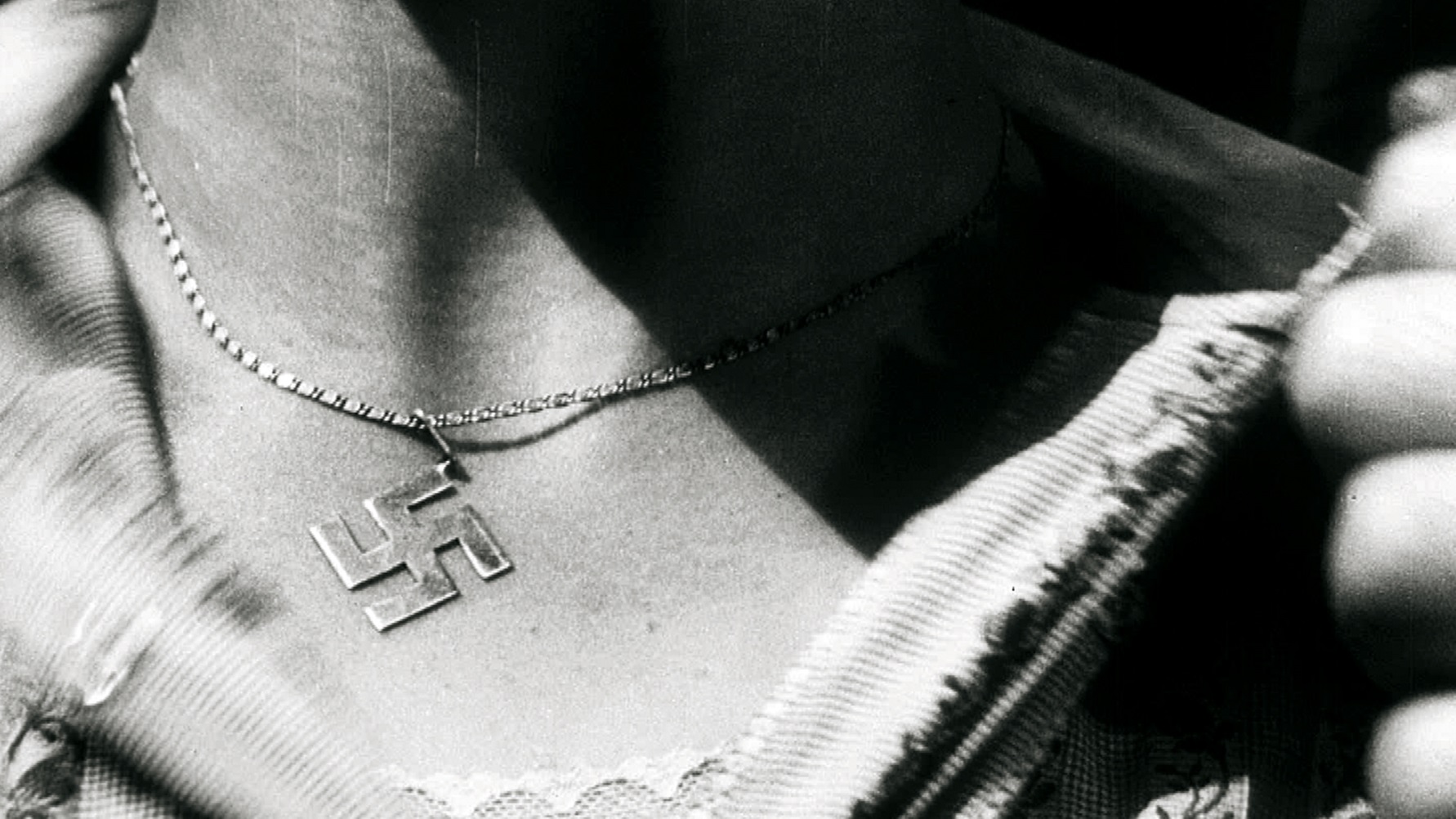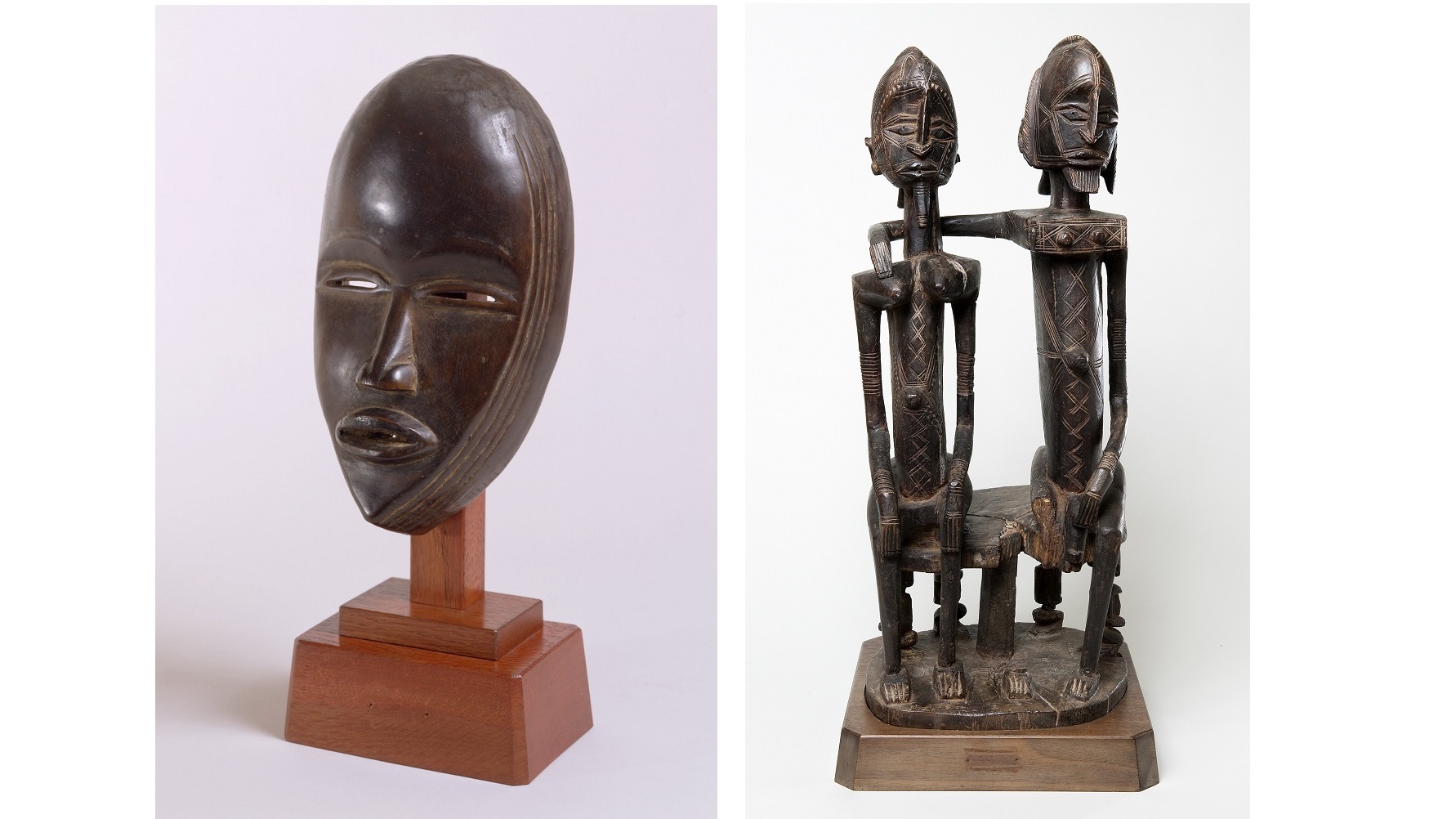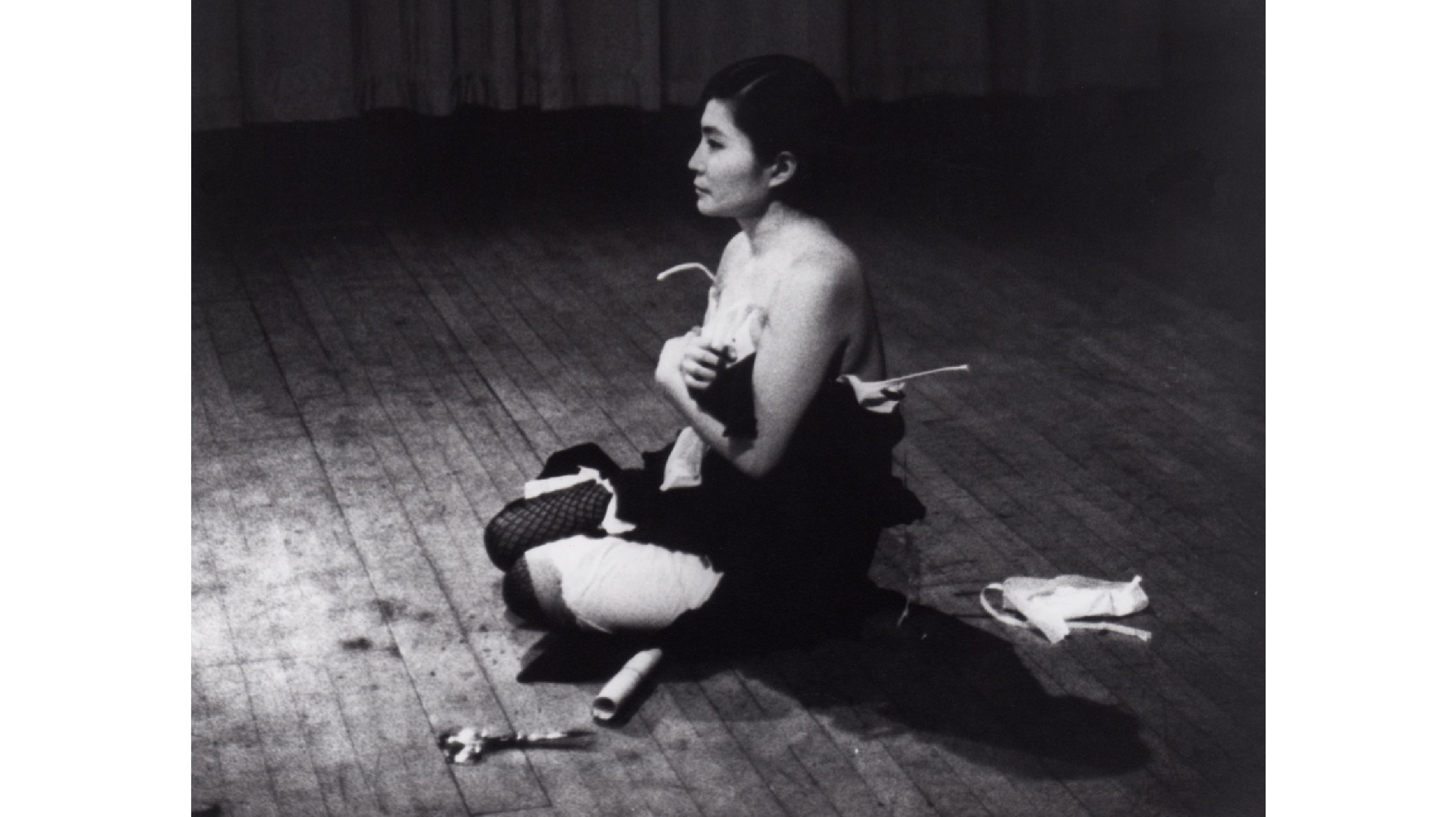Bob Duggan
Contributing Writer
Bob Duggan has Master’s Degrees in English Literature and Education and is not afraid to use them. Born and raised in Philadelphia, PA, he has always been fascinated by art and brings an informed amateur’s eye to the conversation.
If all the rational arguments argue against American gun culture, then the irrational (sometimes creepy) ones must be to blame for our fatal firearms attraction.
Was Jackson Pollock more than just “Jack the Dripper”?
The New York Times and other media make war too pretty for our own good.
Let the French flag fly on Facebook. It flies for us all. It flies for life.
No national museum captures its country’s greatness as perfectly as Russia’s Hermitage.
Turn on, tune in, drop out, but read on about how Hippies and Hippie Modernism might rise again.
Roll over, Picasso, and tell Kandinsky the news.
American stuff is the stuff of American history, as recorded in still life painting.
Think your interior decorator is evil? Imagine Hitler’s.
Rubens’ Prometheus literally flips Michelangelo’s Christ on his head to look at art and gods in a whole new way.
Vilhelm Hammershøi’s tranquil, yet unsettling interiors make him the most influential artist you’ve never heard of.
What does the art of Andy Warhol tell us about the nature of boredom and the ways we try to escape (and enjoy) it?
Painting for Picasso was rule-breaking, serious business, but sculpture was rule-innocent child’s play.
A new Barnes Foundation show highlights the connections between ancient artisanal ironwork and modern art.
It happened 500 years ago — and again in the 19th century.
To mark the centennial of Trappist monk, poet, theologian, and social activist Thomas Merton’s birth, a new exhibition focuses on his photography and how those photos are not just images to contemplate, but also ways of Zen contemplation.
From “Border Walls” to “Anchor Babies,” the immigration debate heats up every American presidential election. An art instillation challenges the cruelty of much of that rhetoric and questions the very idea of borders.
Why do Vermeer’s paintings fascinate us so? Perhaps the reason lies behind a revolution in seeing in both art and science rooted in Vermeer’s 17th century Holland.
For art history, August 21 and 22 are the dates that will live in infamy. In some strange nexus of negative karma stretching over nearly a century, three of the greatest art heists of all time took place on these dates.
For the 1960s generation, however, “the day the music died” was July 25, 1965 — the day when Bob Dylan crashed the 1965 Newport Folk Festival stage with an electric guitar in front of him and rock band behind him to rip into a loud, raucous version of his new hit, “Like a Rolling Stone.”
The 70th anniversary of the dropping of atomic bombs on the Japanese cities of Hiroshima and Nagasaki will undoubtedly be accompanied by images of the “mushroom clouds” that rose over both cities. Terrible and sublime, these images burned themselves into the consciousness of “the greatest generation” and every generation since that’s lived with both the legacy of nuclear war and the reality of nuclear energy. A new exhibition at the Art Gallery of Ontario titled Camera Atomica looks deeply at the interrelated nature of photography and nuclear war and peace to come away with a fascinating glimpse of the calculatedly manufactured “atomic sublime” — the fascination with such terrible power at our command that simply won’t let us look away.
“When I think of art, I think of beauty. Beauty is the mystery of life,” minimalist artist Agnes Martin once explained. “It is not in the eye; it is in my mind. In our minds there is awareness of perfection.” In the first comprehensive survey of her art at the Tate Modern, in London, England, the exhibition Agnes Martin strives to guide viewers to that “awareness of perfection” Martin strove to embody in her minimalist, geometrically founded art. Rather than the cold, person-less brand of modernist minimalism, Martin’s work personifies the warm humanity of Buddhist editing down to essentials. At the same time, surveying Martin’s art and thinking allows us to revisit the feminist critiques of minimalism and shows how Martin’s stepping back from the bustle of the New York art scene freed her to find “a beautiful mind” — not just for women, but for everyone.
When the Whitney Museum of American Art decided to stage in 1948 their first exhibition of a living American artist, they chose someone who wasn’t even an American citizen, but only legally could become one just before his death. Painter Yasuo Kuniyoshi came to America as a teenager and immersed himself in American culture and art while rising to the top of his profession, all while facing discrimination based on his Japanese heritage. The exhibition The Artistic Journey of Yasuo Kuniyoshi, which runs through August 30, 2015 at the Smithsonian American Art Museum in Washington, DC, unveils an amazing story of an artist who lived between two worlds — East and West — while bridging them in his art that not only synthesized different traditions, but also mirrored the joys and cruelties of them.
A prominent performance artist accuses Big Oil of focusing more on cleaning up their image than their business’ collateral damage… and charges cultural institutions that take Big Oil sponsorship money as accomplices to that crime.
The standard line against painter John Singer Sargent goes like this: a very good painter of incredible technique, but little substance who flattered the rich and famous with decadently beautiful portraiture — a Victorian Andrea del Sarto of sorts whose reach rarely exceeded his considerable artistic grasp. A new exhibition of Sargent’s work and the accompanying catalogues argue that he was much more than a painter of pretty faces. Instead, the exhibition Sargent: Portraits of Artists and Friends and catalogues challenge us to see Sargent’s omnivorous mind, which swallowed up nascent modernist movements not just in painting, but also in literature, music, and theater. Sargent the omnivore’s dilemma thus lies in being too many things at once and tasking us to multitask with him.
Artists aren’t easy people to be around sometimes. Genius and jerk often walk hand in hand. They may suffer for their art, but those who support them often become collateral damage in the quest for immortality. Making a biopic of any artist and balancing the good with the bad seems an almost impossible task. Making a biopic of Pablo Picasso, a classic case study of the genius-as-jerk, that praises the painting while honestly assessing the collateral damage to women has never satisfactorily been filmed. But where cinema fails, maybe the cinematic graphic novel can succeed. The graphic novel Pablo, written by Julie Birmant and illustrated by Clément Oubrerie, is the best “film” ever made about one of the founding fathers of modern art — a portrait of intertwined genius and jerk that never loses sight of either side.
What would you do? Imagine you’re a politically conservative, devoutly religious art dealer fleeing your war-torn country when you suddenly see art radically unlike anything you’ve seen before. Do you stay the course or gamble on this next “big thing”? Now add the sudden death of your pregnant young wife, which leaves you with five children under the age of nine whose futures now depend entirely on your choices. Do you roll the dice with your life and theirs? If you’re Paul Durand-Ruel and that artist is Claude Monet, the original Impressionist, you don’t just make that bet; you go “all in” — staking your family’s fortunes to those of a family of revolutionary artists. The exhibition Discovering the Impressionists: Paul Durand-Ruel and the New Painting, currently at the Philadelphia Museum of Art, goes “all in” with Durand-Ruel’s gamble and pays off big with a stirring tale of personal courage and art history in the making.
On January 1, 2016, one of the most infamous books of the 20th century — Adolf Hitler’s Mein Kampf — enters public domain and can be published by anyone in Germany for the first time since the end of World War II. Seventy years after the fall of the Nazis, people still debate allowing that particularly evil genii out of the bottle to influence young minds. Others argue that the genii’s been out of the bottle all along, either through underground sources or, more recently, the Internet. More controllable, however, have been the propaganda films of the Nazis, whose chief propagandist, Joseph Goebbels, announced in 1941 that, “Film is our most important medium for propaganda.” Felix Moeller’s new documentary Forbidden Films: The Hidden Legacy of Nazi Film examines this question of allowing new generations to see these banned films and, if so, how to show them without that evil history repeating itself.
The Barnes Foundation’s current exhibition, Mark Dion, Judy Pfaff, Fred Wilson: The Order of Things, epitomizes the business buzz phrase “disruptive innovation” like few other museum shows (which I wrote about here). Disrupt or die, the thinking goes. Old orders must make way for new. Coincidentally, as the Barnes Foundation, home of Dr. Albert Barnes’ meticulously and idiosyncratically ordered collection of Impressionist and Post-Impressionist masterpieces left just so since his death in 1951, invites outsider artists to question and challenge Dr. Barnes’ old order, it also publishes their own insider’s critical “warts and all” assessment of Dr. Barnes’ relationship to African art and African-Americans. In African Art in the Barnes Foundation: The Triumph of L’Art nègre and the Harlem Renaissance, scholar Christa Clarke reassesses Dr. Barnes intentions and results in his building of the first great African art collection in America. “More than just formal accents to modernist paintings and other Western art in the collection,” Clarke argues, “African art deserves to be seen as central to the aesthetic mission and progressive vision that was at the very heart of the Barnes Foundation.”
John Lennon liked to joke that Yoko Ono was “the world’s most famous unknown artist.” Before she infamously “broke up the Beatles” (but not really), Ono built an internationally recognized career as an artist in the developing fields of Conceptual art, experimental film, and performance art. Unfairly famous then and now for all the wrong reasons, Ono’s long fought in her own humorously sly way for recognition, beginning with her self-staged 1971 “show” Museum of Modern (F)art, a performance piece in which she dreamed of a one-woman exhibition of her work at the Museum of Modern Art, New York. Now, more than 40 years later, the MoMA makes that dream come true with the exhibition Yoko Ono: One Woman Show, 1960–1971. Better late than never, this exhibition of the pre-Lennon and early-Lennon Ono establishes her not just as the world’s most famous unknown artist, but the most unfairly unknown one, too.

